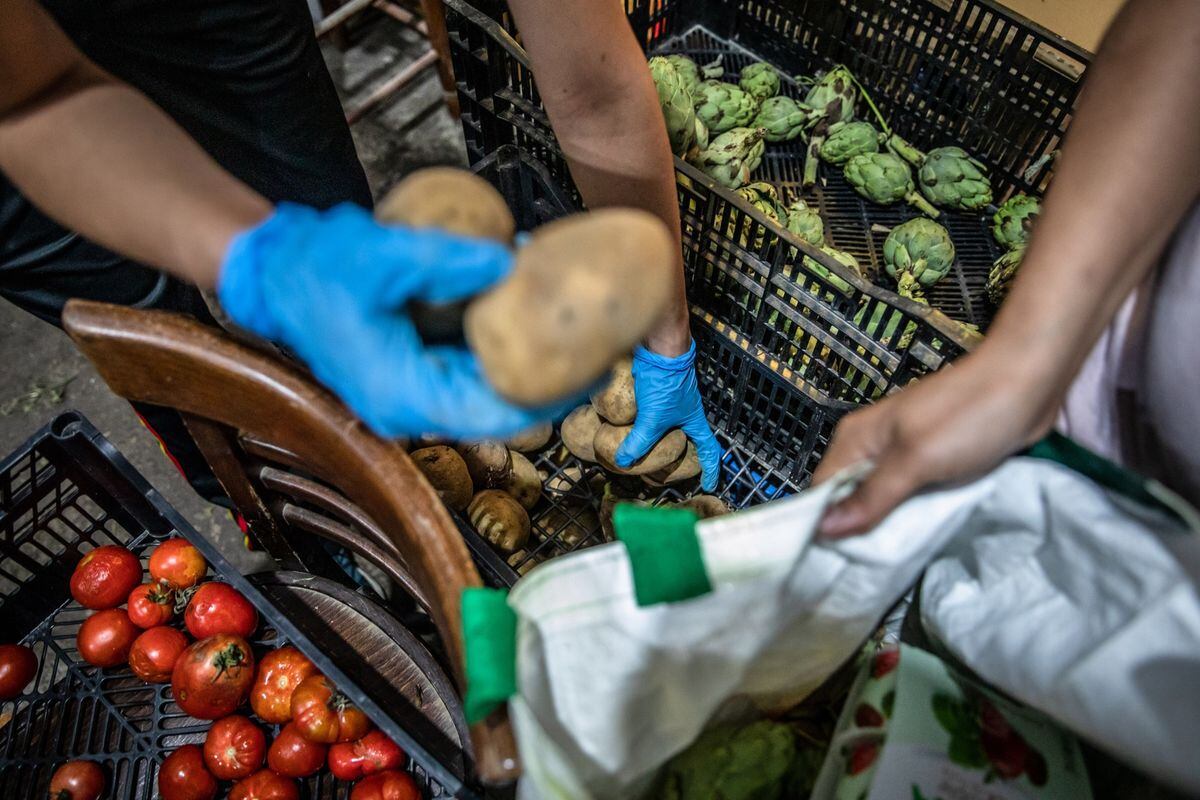
Food prices, already at record highs, could rise another 22% due to conflicts between Russia and Ukraine, which disrupt trade and reduce future harvests, the Food and Agriculture Organization (FAO) has warned. , for its acronym in English).
The FAO report published on Friday shows the far-reaching consequences of the war on the global food system, with the impact expected to extend well beyond the coming season. Ukraine and Russia together they account for more than a tenth of all calories traded globally, and those flows have been disrupted since the conflict broke out late last month.
-Historical record-
With an increase of 20.7% year-on-year, in February 2022, the global food price index broke a new record. It was positioned at 140.7 points, according to figures from the FAO.
Added to this trend, which began in the second half of 2021, is the pressure from the conflict between Russia and Ukraine due to their high levels of food exports; importing countries would be the most affected.
Consequences of rising food prices
On the other hand, rising production costs mean that other countries will only be able to partially offset the “sudden and sharp reduction” in grain and sunflower exports from the Black Sea in the upcoming 2022-2023 season, the FAO said. That is likely to push international food and animal feed prices up 22% and a “sizable” supply gap will remain if the war rages on and energy remains expensive.
“Potential disruptions to agricultural activities in these two major commodity exporters could seriously increase global food insecurity.” said Qu Dongyu, general manager of the FAO, in another statement, adding that hunger could also increase in Ukraine. “International food and input prices are already high and volatile.”
Up to 13.1 million more people around the world could be undernourished next season in a worst-case scenario. That’s a 25 million tonne drop in Ukraine’s and Russia’s combined wheat and corn exports, and a 3 million tonne drop in oilseeds. A more moderate supply shock could still mean that an additional 8 million people go hungry.
The war is likely to leave 20% to 30% of Ukraine’s crop area by the 2022 season unplanted or unharvested, the FAO estimates. Winter grains like wheat were planted months ago, but farmers would normally start planting corn and sunflowers within a few weeks.
“Massive population displacement” has meant a shortage of workers, Dongyu said. In addition, some fields are mired in conflict zones and farmers are likely to have problems spreading fertilizers and chemicals.
Russian production is not likely to experience major short-term shocks, but farm incomes could be reduced by the effects of international sanctions, affecting future harvests.
The war has also sparked a wave of protectionism as governments seek to secure domestic food supplies. The FAO urged nations to keep trade flowing, emphasizing that such trade barriers could exacerbate skyrocketing prices on international markets.
Source: Gestion
Ricardo is a renowned author and journalist, known for his exceptional writing on top-news stories. He currently works as a writer at the 247 News Agency, where he is known for his ability to deliver breaking news and insightful analysis on the most pressing issues of the day.












